I really enjoy the Live Free or Die rules for the American War of Independence by Little Wars TV. They move smoothly and quickly while giving a good feel for the period. They contain the DNA of the vintage Loose Files and American Scramble rules by Andy Callan but have been cleaned up, refined and changed in some significant ways.
I have now tried two solo plays of the rules and written them up on this blog here and here. As I have done so, I have been noting down some of my own clarifications and house rule amendments.
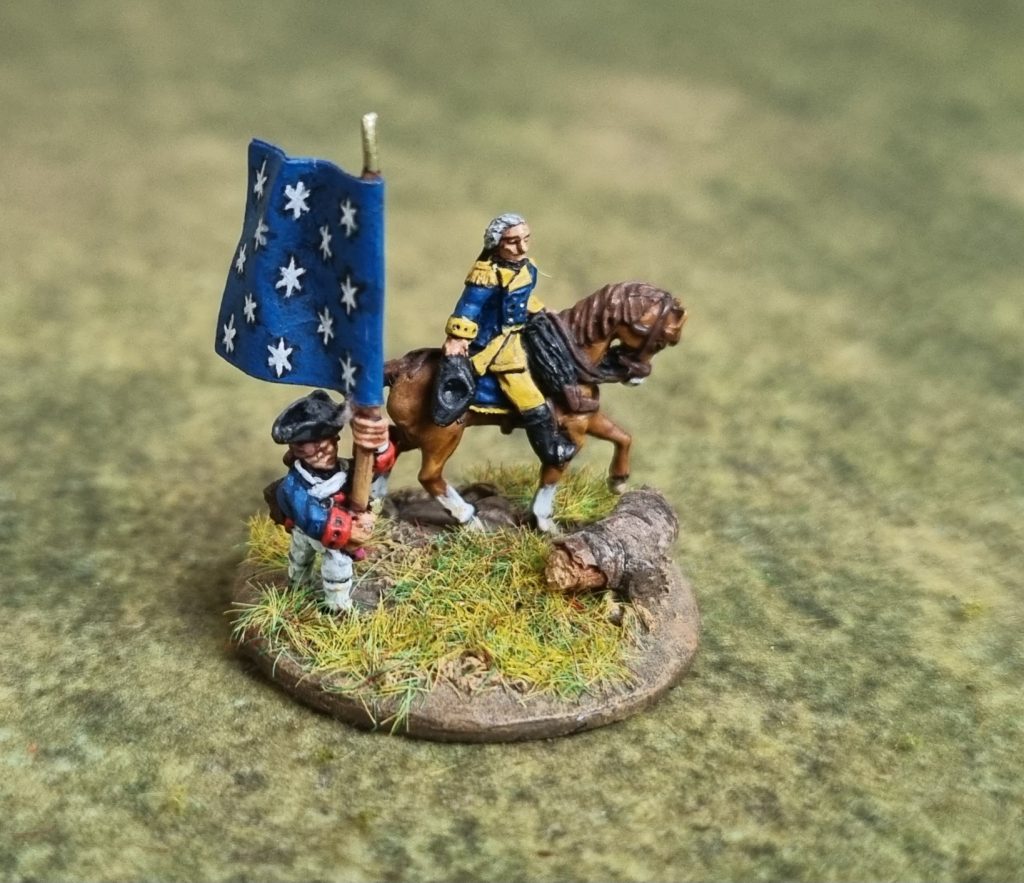
It is inevitable with a four page ruleset that there will be a few gaps. Also there are some areas where I wanted a bit more granular period flavour. In the past I have tried British Grenadier, which does have excellent research and period feel, but for my tastes gets a bit bogged down in mechanisms inherited from a Napoleonic ruleset. My compromise is to take the simplicity of Live Free or Die while in places unashamedly stealing some concepts from British Grenadier (and its predecessor Loose Files and American Scramble).
I have attached a link to my house rules below. I will also try to explain (justify! excuse!) the main changes and comments. Hopefully this link will stay current and you can see how they adapt as we play more often.
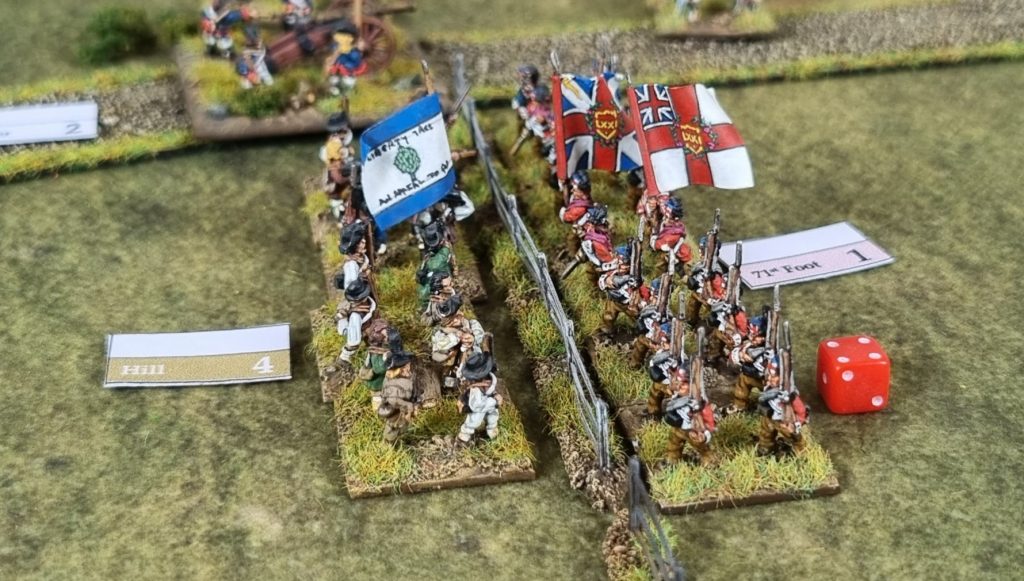
Pre-Measuring
Pre-measuring is definitely allowed at all times. This is a bugbear of mine. I really don’t enjoy rules that ban this, which just results in rewarding players who are skilled at estimating small distances. We aren’t playing a carpenter simulation game.
Bayonet Charges
The rules only allow British units to bayonet charge and they cost 3 command points rather than 2. This is my main challenge to the rules. Bayonet charges were a key part of British doctrine after the initial actions and later in the war were common for the better trained Continentals. Consequently I have reduced the Command Point cost and allowed them for some Continental regiments
For charges generally I like the optional rule for morale tests. This requires units to test to charge vs higher quality troops.
Skirmishers
I am playing the optional evade rules. Also, skirmishers must evade charges by formed troops, and charges may then contact the unit behind them. On the whole I’m not keen on rules that make skirmishers too significant when faced by formed opponents.
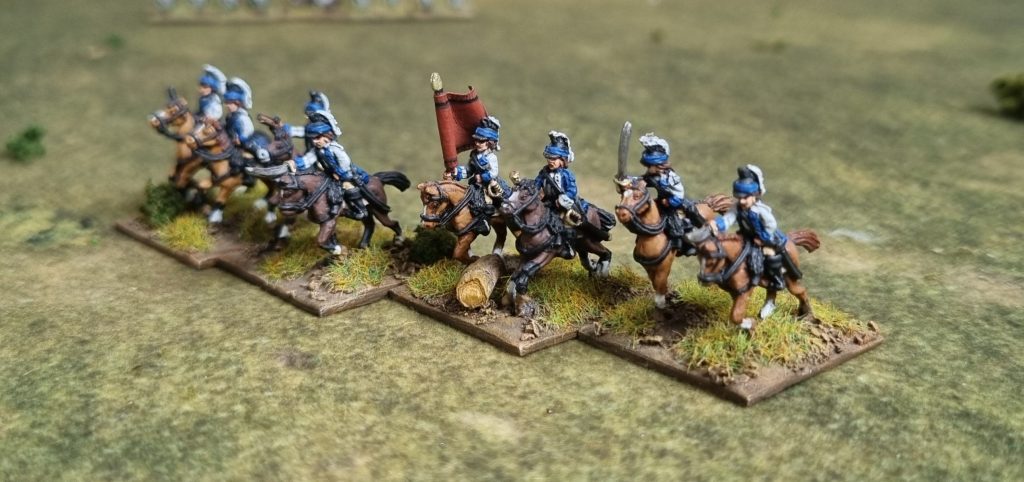
Firing
Just some clarifications on Line of Sight and some guidelines on priorities
Movement
Introduce a concept of frontal zones of control so that units can’t just walk across the front of a formed enemy.
Revised artillery movement which I didn’t understand in the core rules. Guns previously seemed to move very fast and the need for limbering was quite vague. I am assuming that Light Guns were pretty much manhandled where they were needed. Limbering was more a strategic movement type of thing, so isn’t really viable except where there are roads.
Melee
Some clarifications of circumstances. Also made flank charges more dangerous – the core rules only punish a flanked unit if it loses a combat rather than increases its chances of defeat.
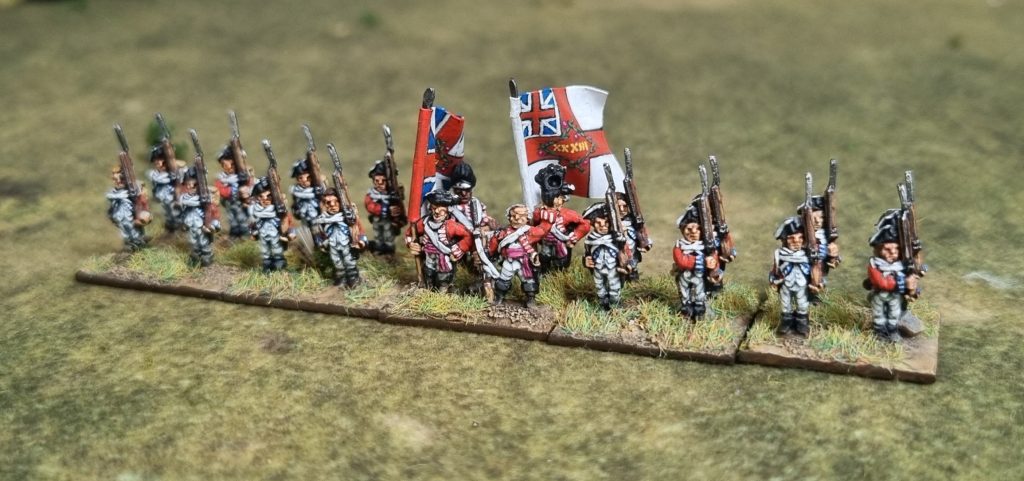
Redress Ranks
Changed this back to the Loose Files/British Grenadier definition. The LFoD rules allow redressing at over 12″ from the enemy. This means DMZs are meaningless in the early game and almost impossible to remove in the later game. By allowing redressing when a unit remains stationary this, I think, reflects a more realistic situation. I can imagine a unit’s officers halting the unit (even if under fire), reforming its ragged ranks and then pushing them forward into the attack.
Terrain effects
Some formalisation of terrain effects. Most of these will be scenario specific but I wanted to introduce a framework for thinking about it.
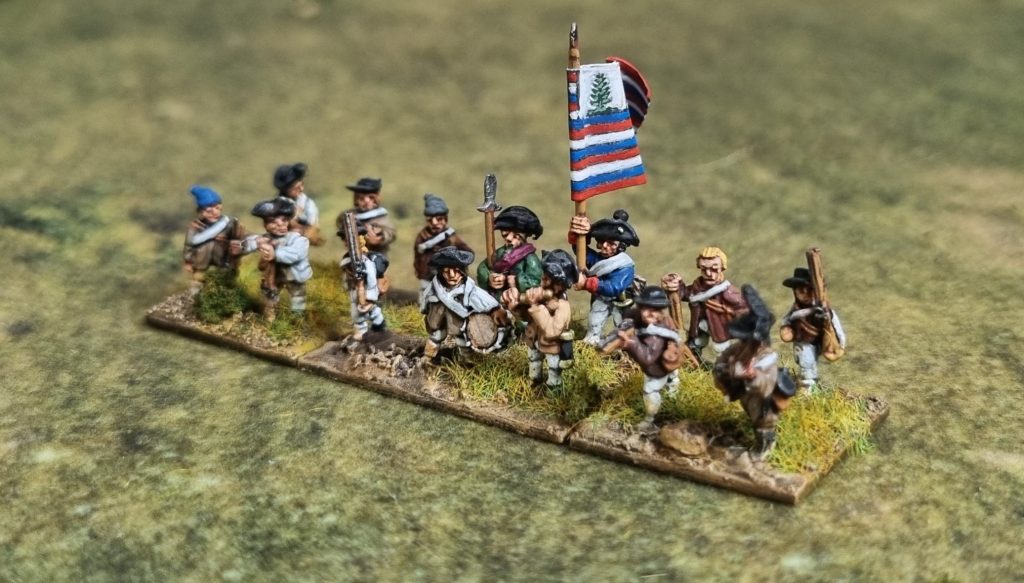
Areas for further thought
Units are very resilient. Perhaps there should be a breakpoint where they can no longer move forward or attack ?
DMZs are not the Disruption points of Loose Files or British Grenadier. They are now just hit points. I wonder if we shouldn’t go back to them affecting movement, firing as well as melee. Would it make the effort of tracking more worthwhile and realistic ? This was the absolute core concept of Loose Files and now it’s much less significant
Charge ranges are very variable. This is good fun but i’m not sure what it represents.

Follow this link to see the full list of changes and clarifications. Comments most welcome !
https://docs.google.com/document/d/19_FCdYXwN0KHRBXspnJNPEtZJwb1PsQPjMV9zmjKRIk/pub
Be First to Comment